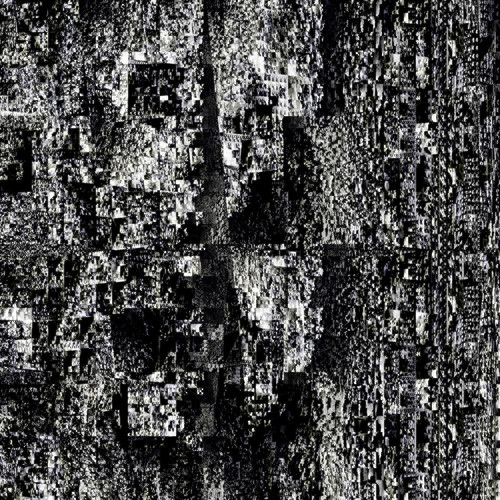Actionscript:
-
[SWF(frameRate=60, backgroundColor=0x000000, width=500, height=500)]
-
-
var canvas:BitmapData = new BitmapData(500,500,false, 0x000000);
-
addChild(new Bitmap(canvas));
-
var clone:BitmapData = new BitmapData(500,500,false, 0x000000);
-
var canvasRect:Rectangle = canvas.rect;
-
var w:int = canvas.width;
-
var w2:Number = 1/w;
-
var w10:Number = 1/(w * 80);
-
var convert:Number = Math.PI/180;
-
var size:int = canvas.width * canvas.height;
-
var pix:Vector.<uint> = new Vector.<uint>(size, true);
-
var m:Matrix = new Matrix();
-
m.scale(1,-1);
-
m.translate(0,canvas.height);
-
var sin:Number = 0, cos:Number = 0;
-
var dx:Number = 0, dy:Number = 0;
-
var pnt:Point = new Point();
-
var blur:BlurFilter = new BlurFilter(10,10,1);
-
addEventListener(Event.ENTER_FRAME, onLoop);
-
function onLoop(evt:Event):void {
-
canvas.lock();
-
dx += (mouseX * 10 - 3000 - dx) / 8;
-
dy += (mouseY * 4 - dy) / 8;
-
for (var i:int = 0; i<size; i++){
-
var xp:int = i % w;
-
var yp:int = int(i * w2);
-
var xp2:int = xp <<1;
-
var t:Number;
-
t = ((yp|(xp + yp * 0.1)) * (xp + dx) *w10) % 6.14687;
-
//compute sine
-
// technique from http://lab.polygonal.de/2007/07/18/fast-and-accurate-sinecosine-approximation/
-
// by Michael Baczynski
-
if (t<0) {
-
sin=1.27323954*t+.405284735*t*t;
-
} else {
-
sin=1.27323954*t-0.405284735*t*t;
-
}
-
// compute cosine
-
t = (xp2|(yp+xp*0.1) + dy) * convert % 6.28;
-
t+=1.57079632;
-
if (t>3.14159265) {
-
t-=6.28318531;
-
}
-
if (t<0) {
-
cos=1.27323954*t+0.405284735*t*t;
-
} else {
-
cos=1.27323954*t-0.405284735*t*t;
-
}
-
var c1:int = 31 * (sin - cos);
-
if (c1 <0) c1 = 256 - c1;
-
c1 = (c1 <<4 | c1) ;
-
pix[i] = c1 <<16 | c1 <<8 | c1;
-
}
-
canvas.setVector(canvasRect, pix);
-
clone.copyPixels(canvas, canvasRect, pnt);
-
canvas.draw(clone, m, null, BlendMode.SUBTRACT);
-
clone.copyPixels(canvas, canvasRect, pnt);
-
clone.applyFilter(clone, canvasRect, pnt, blur);
-
canvas.draw(clone, null, null, BlendMode.SCREEN);
-
canvas.unlock();
-
}
Decided to do a grayscale version ... also rendered it out large and posted it on flickr...
Check out the swf...

Check out the large flickr version...

2 Comments
how’d you go about outputting for flickr? curious coz i can think of a couple of ways, but if you wanted to output to a 4000×4000 pixel for print perhaps?
well, I think unpaid flickr accounts have a size limit of 1024×1024 (could be wrong about that) so I rendered out a 2000×2000 and uploaded it…. I used this snippet to save the bitmap:
http://actionsnippet.com/?p=1093
And if I wanted to save a 4000×4000 or larger there are a few ways. Usually I’ll just quickly port the code over to Processing since it doesn’t seem to have a size limit on image output. But since there is a size limit on BitmapData you can create multiple BitmapData objects and place them together in photoshop - you could also (at least in the case of this example) create one BitmapData object and then move through the texture space by changing the xp and yp values - effectively rendering different parts of the texture to the same BitmapData each time you alter the xp and yp values you would save an image. Lastly, I think I remember reading somewhere that someone wrote a jpeg encoder in AS3 that pieces together multiple BitmapData Objects, but I don’t remember where I heard about that off the top of my head.